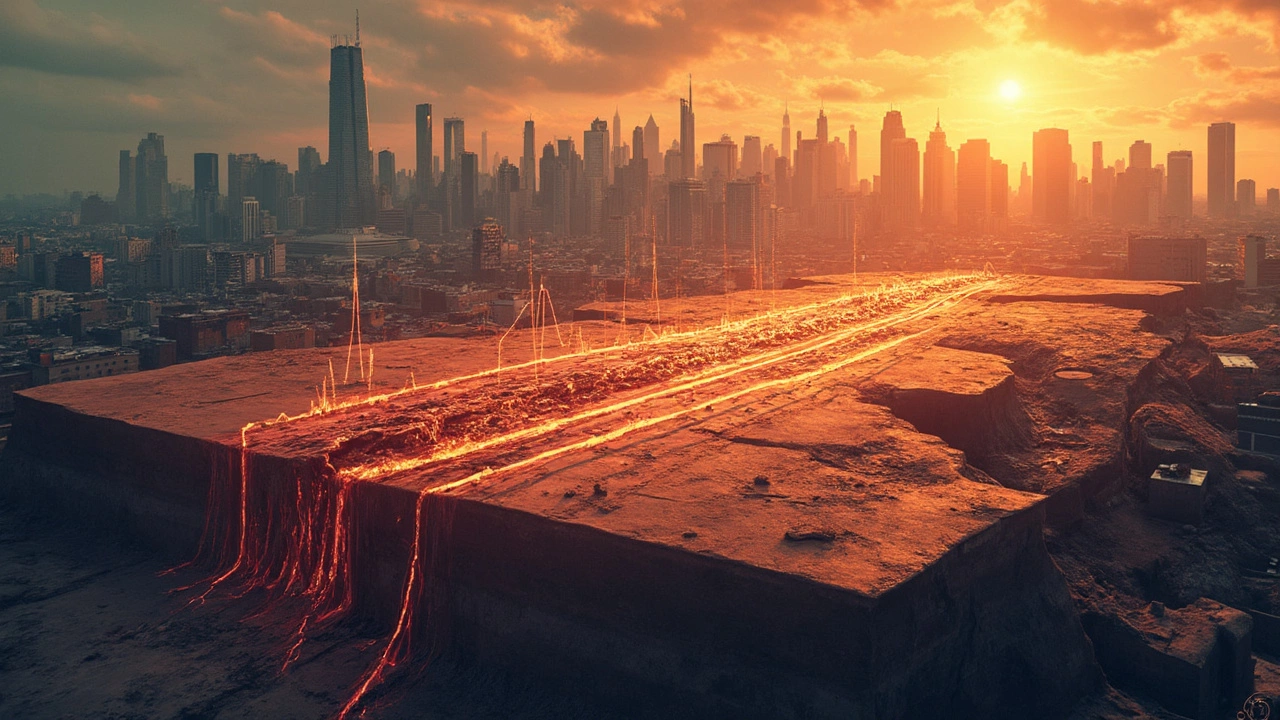Seismic Activity: Simple Facts and Safety Tips
Ever wonder why the ground shakes sometimes? That’s seismic activity – the movement of the Earth’s crust that can cause earthquakes. It sounds technical, but the basics are easy to grasp. Knowing the why and how can help you stay calm and prepared when the ground rumbles.
Why Does the Earth Move?
The Earth’s outer layer is made of big pieces called tectonic plates. These plates slowly slide, crash, or pull apart. When they grind against each other, energy builds up. When the stress gets too big, the plates snap and release that energy as shaking – an earthquake.
Most seismic activity happens along plate boundaries, like the Ring of Fire around the Pacific Ocean. But even places far from those edges can feel tremors because the waves travel long distances. That’s why it’s good to know the basics, no matter where you live.
How to Spot Early Signs
Before a big shake, you might notice smaller tremors called foreshocks. They feel like a quick bump or a rattling dish cupboard. While not every foreshock leads to a major quake, it’s a warning sign to stay alert.
Modern science uses sensors to detect tiny ground movements. When a pattern looks dangerous, authorities can issue an early warning. If you get a warning on your phone or radio, take it seriously – it’s your chance to get to a safer spot.
In daily life, watch for cracked walls, tilted pictures, or water pipes that start leaking after a shake. Those clues tell you the ground has moved and you may need to check the structural safety of your home.
Easy Steps to Stay Safe
First, create a simple emergency kit: water, snacks, a flashlight, a basic first‑aid set, and any needed medication. Keep it somewhere easy to grab.
Know the safest spots in each room – usually under a sturdy table or against an interior wall. Stay away from windows, glass shelves, and heavy objects that could fall.
Practice the "Drop, Cover, Hold On" drill with your family. Drop to the ground, cover your head, and hold on to something stable until the shaking stops. It only takes a minute to learn, and it can save you from injuries.
After the shaking, check yourself and others for cuts or bruises. If you’re inside, stay put until you’re sure the building is stable. Use a flashlight, not a candle, to avoid fire hazards.
Finally, have a plan for where to meet friends or relatives if you need to leave home. A familiar outdoor spot, a neighbor’s house, or a community center works well.
Remember, seismic activity is a natural part of our planet’s life. It can feel scary, but with a few easy habits you can reduce risk and stay calm when the ground moves.
Stay informed, keep a kit ready, and practice your safety steps. That way, the next time you feel a tremor, you’ll know exactly what to do.
Delhi Earthquake: Understanding the Intensely Felt Shaking of a 4.0 Magnitude Quake
On February 17, 2025, Delhi experienced intense shaking from a 4.0-magnitude earthquake due to its epicenter's location within the city, shallow depth, and geological factors. Despite moderate magnitude, the quake significantly affected high-rise buildings, prompting evacuations. Residents were urged to be cautious about possible aftershocks, given Delhi's position in Seismic Zone IV.





